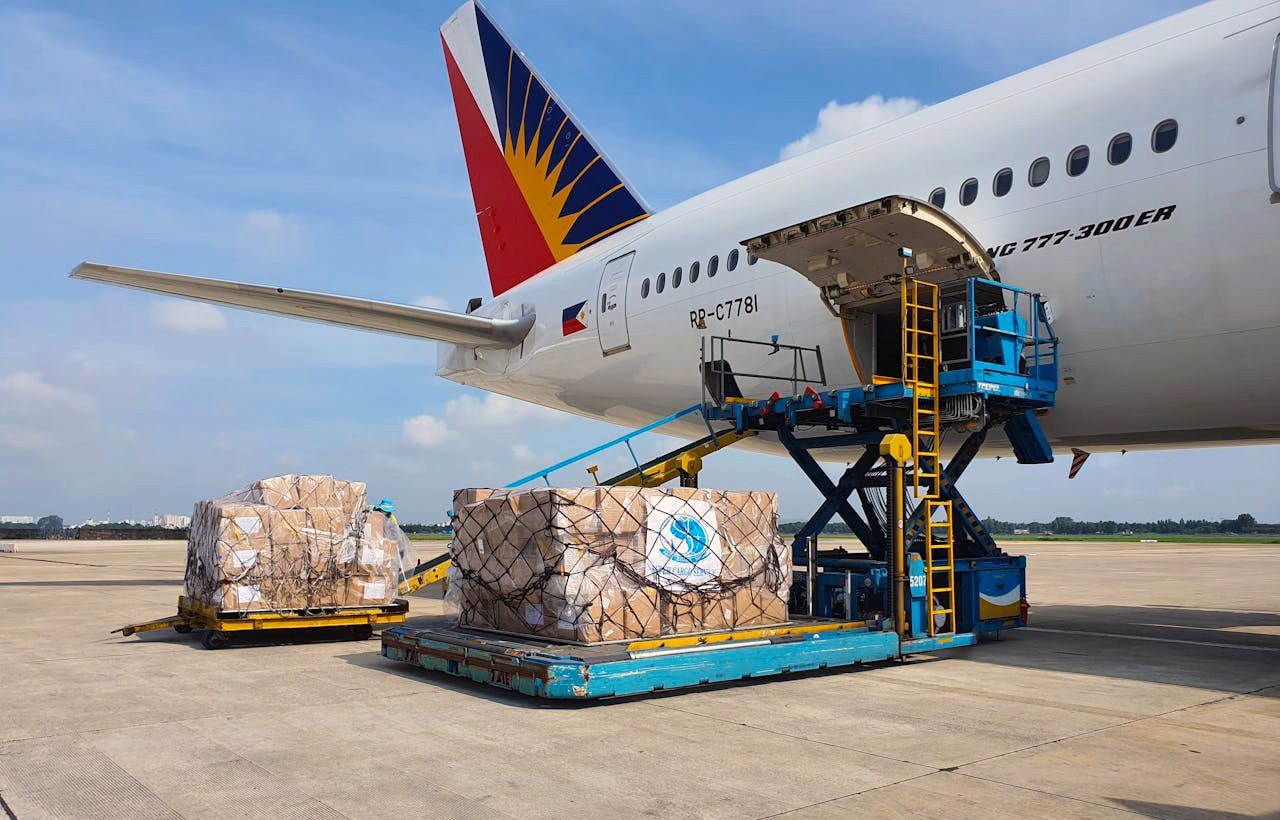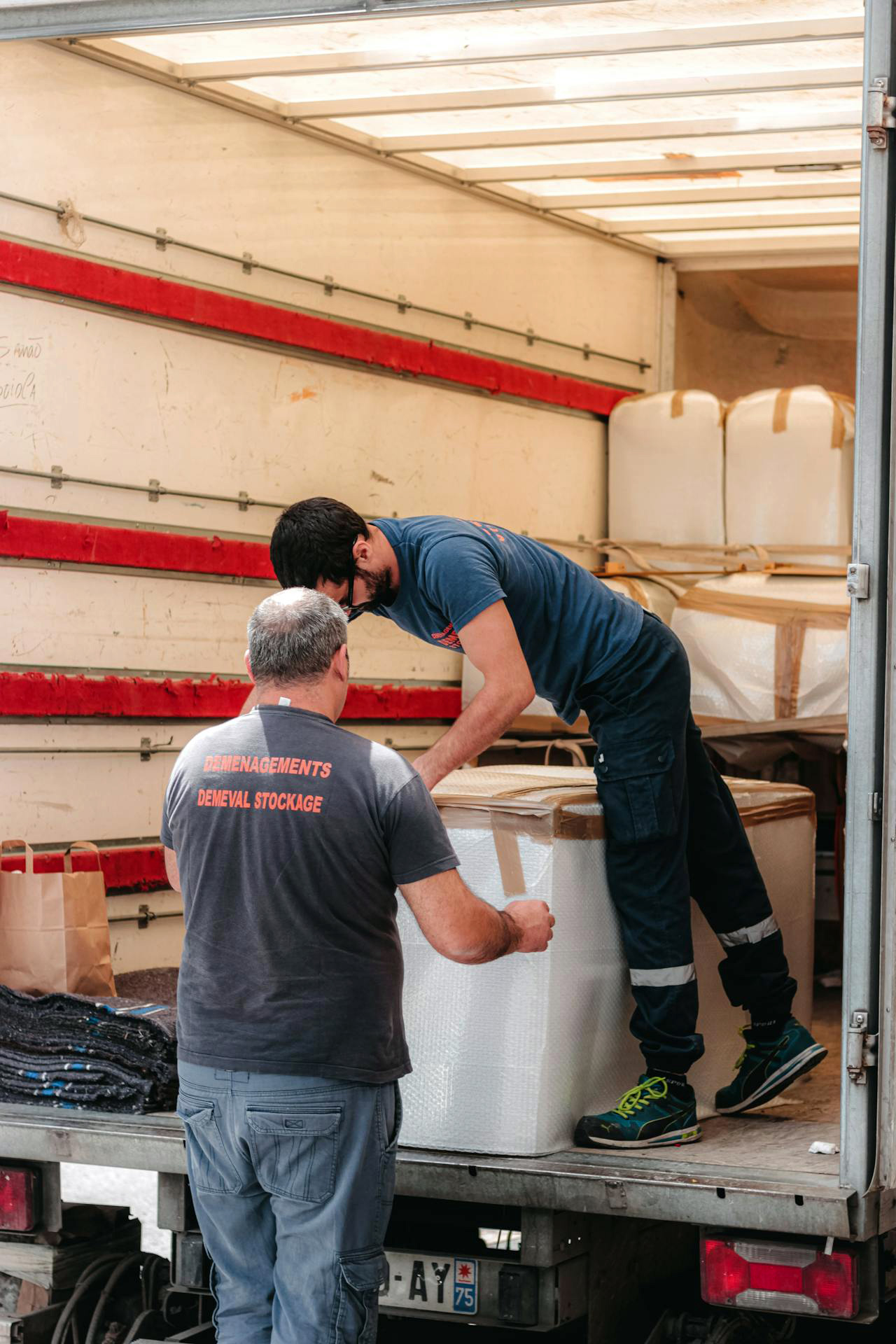How to Receive Freight Shipments
Posted On 17th February 2025When you’re about to receive a freight shipment, you can avoid a costly outcome by following the recommended procedure.
Following the steps for receiving freight shipment will guarantee that you will be processing any shipment whether or not there is anything missing or damaged.
In this guide, we’re going to break down some burning questions such as what is shipping and receiving as well as a detailed overview of the procedure.
We’ll also cover what does a shipping and receiving clerk do, as well as what is the key function of the shipping department in supply chain management.

What Is Shipping and Receiving?
Shipping and receiving is a fundamental process that ensures that the freight is going to be transported safely from one location to another.
A crucial component in the process would be the shipping and receiving responsibilities that businesses providing freight service must comply with.
In short:
- Shipping involves preparing the freight from the base facility, which includes packing, labeling, and coordinating the transportation.
- Receiving is the process after you have the freight delivered, which involves accepting the freight, followed by a thorough inspection by the inventory clerk.
What is Freight Shipping?
If you are wondering what is the key function of the shipping department, this is the efficient transportation of large-scale shipments that exceed the standard size limits.
Freight can be transported through various methods, including ground, sea, and air freight, depending on urgency and cost considerations.
What is Freight Receiving?
In short, the freight receiving service refers to accepting, inspecting, and later storing incoming shipments. Most importantly, the role of the inventory clerk checks, and ensures that the freight items have been stored properly and updated in the database.
However, the actual freight receiving meaning goes beyond unloading and storing the freight.
So, let’s learn more!
Steps for Receiving Freight Shipments:
If you’re about to receive goods shipped via freight, we recommend following the recommended procedure with great attention to detail. Proper handling of freight and receiving procedures ensures accuracy in shipment verification and prevents potential losses.
Here are the steps involved:
1. Clear Receiving Expectations
The first step is to inspect the bill of lading (BOL) before you have the freight received. BOL includes freight weight, number of containers/boxes, and other critical details that will help you understand exactly what you’re expecting.
In addition, you should use a freight transportation management system (TMS), so you are able to track the status of your freight shipment and when it’s going to be delivered. You should have all the warehouse receiving duties clearly defined and organized to ensure a smooth unloading, inspection, and inventory process.
2. Thorough Shipment Inspection
The freight inspection is not an easy task!
Hence, upon the shipping associate's arrival, you must arrange some considerable time for a thorough inspection of the freight delivery. If you are suspicious about the quality of the delivery service, we recommend taking the time to thoroughly inspect everything.
If large or heavy shipments are involved, warehouse clerks may need to operate a forklift to safely unload and move the goods without damage.
Important: Even if the boxes don't appear damaged on the outside, we recommend checking within each for any cracked or bent items.
3. Inventory Management Checks
It’s vital to thoughtfully inspect the freight and report any findings in the POD (Proof of Delivery).
- If you find any damaged items, note them as "Damaged" and include a short description of what you see and can describe.
- If there are missing items, mark them as "Order Incomplete", along with a detailed report of how many were expected and how much was delivered.
Also, reviewing the shipping option chosen for delivery helps ensure that the freight arrives as scheduled and meets your business’s transportation requirements.
Next, you’ll need to get the POD signed!
4. Obtain Proof of Freight Delivery
If you’ve discovered any damage or missing items in the freight delivery, you and the driver must sign the dates and initials in both POD copies (yours and his/hers).
This would be the proof that the damaged/missing items have been discovered at the time of delivery, which is one of the main receiving clerk duties responsibilities.
5. Keep Receipt and Mitigate Loss
The final step in receiving the freight shipments involves several important factors:
- Store the damaged goods safely
- Promptly report damage or loss
- Look for any concealed damage
It’s also important to keep your receipt and retain a copy of the POD. If you need to refuse a shipment due to missing items or damage, advise the receiving manager and the shipper as soon as possible. This way, they can work out a solution with the carrier for rerouting the refused freight and mitigate potential storage taxes and losses.
Shipping and Receiving Coordinator - When Do You Need Him?
The requirement for a shipping and receiving coordinator is essential when a business needs to handle a high volume of outgoing and incoming freight. The shipping and receiving manager or coordinator handles the administrative tasks, unlike the shipping and receiving clerk duties, which involve a more hands-on approach.
Hence, you need a receiving and shipping coordinator as your operations grow, your business expands, and introduce new freights, routes, and shippers.
Now that this is clear, let’s next learn more about what does shipping and receiving clerks do!
What Does a Shipping and Receiving Clerk Do?
 If you’re wondering what do shipping clerks do, as concisely as possible–they are responsible for handling day-to-day incoming and outgoing freight.
If you’re wondering what do shipping clerks do, as concisely as possible–they are responsible for handling day-to-day incoming and outgoing freight.
This requires comprehensive shipping and receiving skills, translating into packing, labeling, and preparing shipment as per the mode of transportation.
Generally, this is what does a shipping receiving clerk do, so let’s take an in-depth look at the specific duties.
What is Shipping Clerk?
To adequately understand what is a shipping clerk, we must dig deep into their duties. Shipping clerks typically handle packaging, labeling, creating shipping documentation, updating tracking systems, and coordinating the freight carrier for pickups.
In addition, shipping clerks' work includes ensuring that the orders are accurate, and verifying that the freight is compliant with the regulations.
What is a Receiving Clerk?
In contrast, if you’re wondering what is a receiving clerk, it’s the complete opposite–they handle the incoming shipments. Their job includes checking the shipment details, unloading the freight, documenting the items, and reporting damaged cargo.
When there are damaged items, they need to report their findings to the warehouse managers, which maintains a smooth receiving process.
What is an Inventory Clerk?
The inventory clerks are responsible for inventory management to ensure accurate records and flawless track of everything that comes in and goes out.
Their duties translate into recording freight movement, updating databases, inventory counts, and identifying potential discrepancies. A well-organized inventory clerk helps businesses maintain smooth incoming and outgoing freight operations, preventing any financial losses.
Note: Unlike in theory, in the real world freight businesses sometimes offer a hybrid position such as shipping receiving clerk, covering all duties combined.
Wrapping Up:
Well, now you know what is shipping and receiving and what do shipping and receiving clerks do in their working environment. You are now also informed about the procedure of receiving, which is the more important aspect, hence you’re ready to have your next freight shipped or delivered seamlessly.




